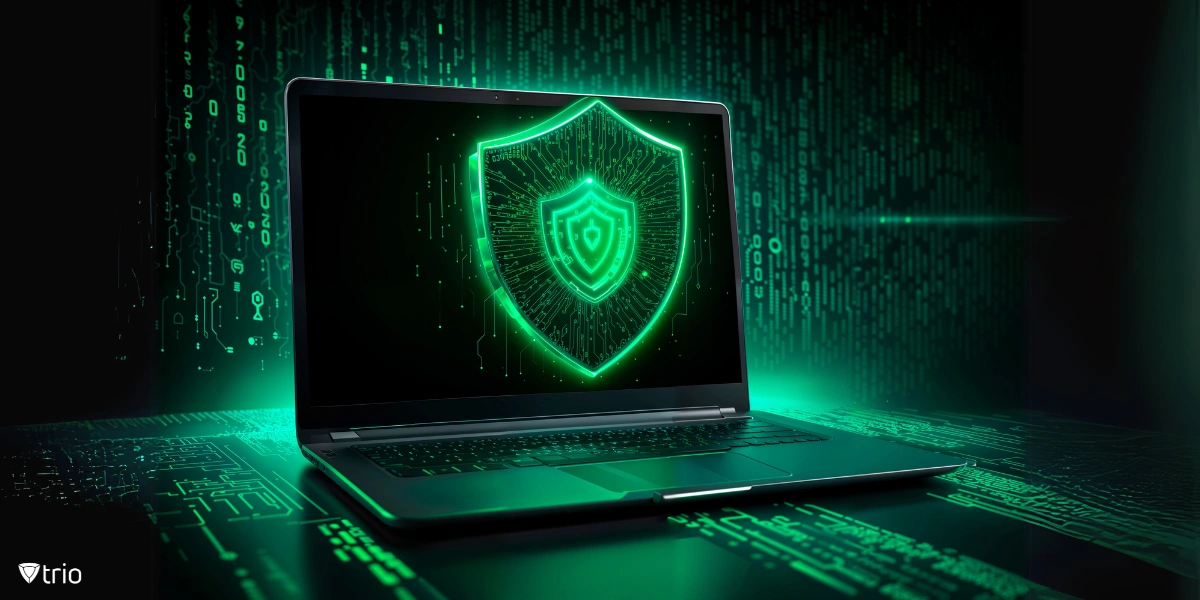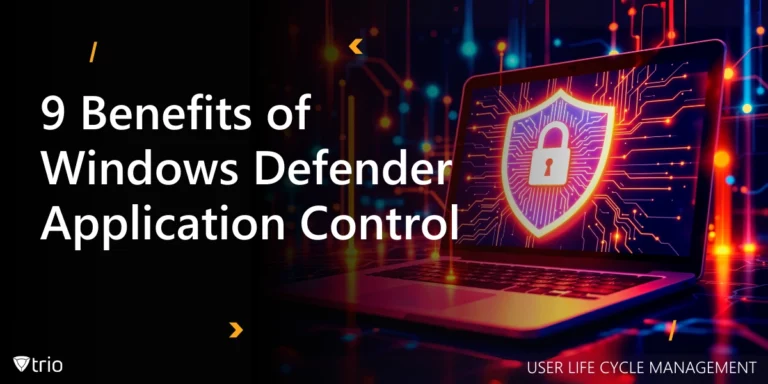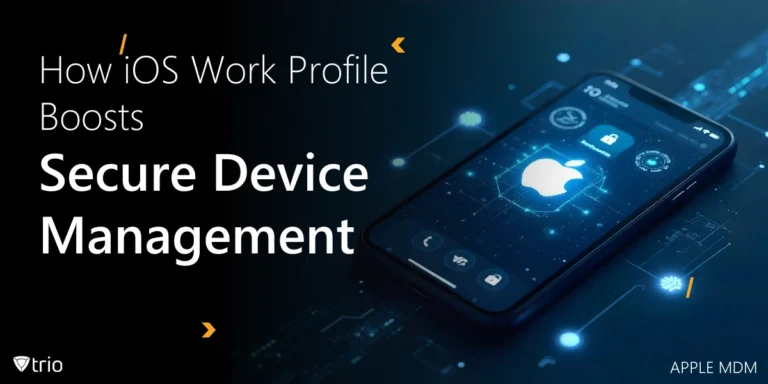In today’s digital era, where businesses are heavily reliant on technology and interconnected systems, network security is critical. With the surge in cyber threats, such as ransomware, phishing attacks, and data breaches, organizations are increasingly vulnerable. While endpoint security remains an important line of defense, network security plays an even more vital role in ensuring comprehensive protection. Given the complexity of modern digital infrastructures, a multi-layered security approach is essential for safeguarding both cloud-based and on-premise assets. Here are five reasons why businesses should prioritize network security now more than ever.
1. Addressing Agentless Attack Surfaces
As companies move towards more advanced technologies, especially with the rise of IoT devices, the challenges in securing networks have grown. The traditional model of securing devices through endpoint security agents is insufficient for many of these newer technologies, such as IoT and cloud-based solutions, which often lack native security mechanisms. This leaves businesses vulnerable to attacks from devices or systems that are not easily protected by conventional methods.
Challenges of Agentless Environments
Agentless environments refer to devices or systems that do not support traditional endpoint security agents. IoT devices, for instance, are often low-powered and designed to operate autonomously, leaving them prone to being exploited by attackers who can bypass traditional defenses. Devices like smart thermostats, sensors in a factory, or even medical devices can be targets for cybercriminals, as they often don’t have built-in security features.
Moreover, cloud platforms have grown significantly in popularity, but they present unique challenges. With cloud computing, companies often rely on third-party vendors for infrastructure and services, complicating the security landscape. These cloud systems and external services may also fail to implement adequate security measures, leaving gaps in protection.
Network Visibility as a Solution
Given that these devices and platforms cannot support traditional security agents, network visibility becomes key. By implementing network monitoring solutions, businesses can monitor all incoming and outgoing traffic across their network. This allows them to detect abnormal patterns of behavior, unauthorized connections, or communication from devices that should not be active on the network. The goal is to spot and stop suspicious activity before it leads to a serious breach. Tools that provide real-time traffic analysis are indispensable for understanding what is happening within a network, ensuring that potentially vulnerable devices are being monitored and secured.
2. Detecting and Preventing Lateral Movement
Once an attacker gains access to an organization’s network, the next step is typically lateral movement. This process allows attackers to spread their attack across the network, accessing systems, data, and assets that were initially unaffected. If not stopped early, this kind of movement can have catastrophic effects.
The Risk of Lateral Movement
Lateral movement refers to the way attackers escalate their privileges and expand their access within a network after a breach. Initially, cybercriminals may infiltrate a less secure or lower-priority system within the network. From there, they begin moving towards more critical systems, often attempting to gain admin privileges or access to confidential data.
Once they are inside a system, it is relatively easy for attackers to explore other systems if network security isn’t robust enough to stop them. In fact, the average cost of a data breach in 2024 was $4.88 million, the highest average on record.
The problem with lateral movement is that it is often difficult to detect. Attackers use legitimate tools and protocols to move within the network, making it harder to differentiate between malicious actions and normal user behavior. Once lateral movement occurs, detecting and halting the attack requires sophisticated security measures, often requiring a team of experts to respond.
Effective Detection and Prevention
To address lateral movement, businesses need robust detection tools. Modern network security platforms can analyze traffic patterns to identify suspicious activity that could signal lateral movement, such as unusual login attempts or unfamiliar data access. Implementing network segmentation—dividing the network into smaller, isolated sections—can also help limit the spread of an attack, preventing attackers from freely accessing the entire network. In this way, even if a breach occurs in one segment, other parts of the network can remain protected.
Network security tools can also use behavior analytics to identify threats early on. By learning what “normal” network behavior looks like, these tools can quickly flag deviations that could indicate an intruder is present and trying to gain unauthorized access. This kind of proactive approach is vital in preventing the fallout from lateral movement.
3. Mitigating Endpoint Security Bypasses
Endpoint security tools, such as antivirus software and firewalls, are crucial for protecting individual devices within an organization. However, these solutions are not foolproof. Cybercriminals have become increasingly adept at bypassing traditional endpoint security, using techniques like polymorphic malware, fileless attacks, or exploiting zero-day vulnerabilities. This means that businesses cannot rely solely on endpoint security to protect against advanced threats.
Evasion Techniques Used by Attackers
One of the most common methods attackers use to bypass endpoint security is polymorphic malware. This type of malware changes its code every time it runs, making it difficult for signature-based antivirus tools to detect it. Similarly, fileless malware resides entirely within a system’s memory, rather than on disk, making it harder for traditional antivirus programs to identify. By bypassing endpoint protection, attackers can gain access to sensitive systems and data without triggering any alerts.
Another common tactic is exploiting vulnerabilities in unpatched software. Zero-day exploits take advantage of vulnerabilities that are not yet known to security vendors. Once attackers exploit a zero-day vulnerability, the typical defense mechanisms that rely on signature-based detection become ineffective, leaving businesses open to attack.
Complementing Endpoint Security with Network Defense
Given the limitations of endpoint security, integrating network security solutions is a smart move. Network security tools offer a broader scope of protection, monitoring traffic across the entire network rather than just individual devices. By using both endpoint security and network defenses, organizations can create multiple layers of protection that complement each other. For example, while endpoint security may catch a malicious file before it’s downloaded, network security can flag abnormal traffic patterns and identify attempts to exfiltrate data.
By having a layered security approach that includes both endpoint protection and network monitoring, businesses can reduce their chances of a successful attack. This strategy ensures that even if one layer is bypassed, the other layers still provide protection.
4. Securing Cloud Workflows and Distributed Systems
Cloud technology has revolutionized the way businesses operate, offering scalability, flexibility, and reduced costs. However, as more organizations rely on cloud services, the complexity of securing these environments has grown. The distributed nature of cloud systems means that traditional on-premise security measures are not always sufficient to protect against modern threats.
Cloud Environments Present Unique Risks
In cloud environments, resources are constantly created, modified, and destroyed. This constant state of flux can make it difficult for security teams to ensure that all systems are properly protected. Additionally, cloud services are often operated by third-party vendors, which introduces another layer of complexity. Companies must ensure that their cloud providers follow strict security protocols, and that access to cloud systems is properly managed. If not properly configured, cloud environments can be vulnerable to a range of attacks, including data breaches, denial-of-service (DoS) attacks, and unauthorized access.
Ensuring Comprehensive Cloud Security
To address the unique risks posed by cloud systems, organizations should implement network security tools that offer comprehensive monitoring and protection. These tools can help secure data flowing in and out of the cloud, detect abnormal behavior, and ensure that access controls are properly configured. Network segmentation within the cloud can also limit the impact of an attack, just as it would in an on-premise network. By monitoring network traffic within the cloud environment, businesses can ensure that data is protected and that unauthorized access attempts are promptly detected.
5. Maintaining Network Hygiene and Compliance
Network hygiene is essential for maintaining a secure and resilient IT infrastructure. This involves practices such as regularly patching software, ensuring proper configuration of systems, and continuously monitoring for vulnerabilities. Network hygiene reduces the chances of an attacker exploiting known vulnerabilities and helps maintain a strong defense against potential breaches.
Importance of Network Hygiene
By maintaining strong network hygiene, businesses can prevent a large number of common cyberattacks. Regularly updating software and operating systems is one of the simplest yet most effective ways to defend against cybercriminals who exploit known vulnerabilities. Network hygiene also includes monitoring systems for unusual behavior, checking for outdated protocols, and ensuring that strong access controls are in place.
A well-maintained network is less likely to suffer from attacks, as it minimizes vulnerabilities that can be exploited. In the long run, proper network hygiene saves businesses time, money, and resources by reducing the risk of a breach.
Compliance and Risk Management
Many industries have specific regulations, such as GDPR, HIPAA, or PCI DSS, that require businesses to implement security measures to protect sensitive data. Non-compliance with these regulations can result in hefty fines and damage to an organization’s reputation. Network security tools can help organizations comply with these regulations by ensuring that they meet required standards for data protection, encryption, and access control. Regular security audits are also critical in ensuring that compliance standards are continually met.
See Trio in Action: Get Your Free Trial Now!
Conclusion
In a world where cyber threats continue to grow in sophistication and frequency, network security is not just a luxury—it is a necessity. From preventing agentless attack surfaces and detecting lateral movement to mitigating endpoint security bypasses and securing cloud workflows, network security is fundamental to the resilience and success of an organization. Businesses must adopt a multi-layered defense strategy that incorporates both endpoint and network security measures. By doing so, they can ensure that their systems, data, and customers remain safe from the increasing threat of cybercrime.




